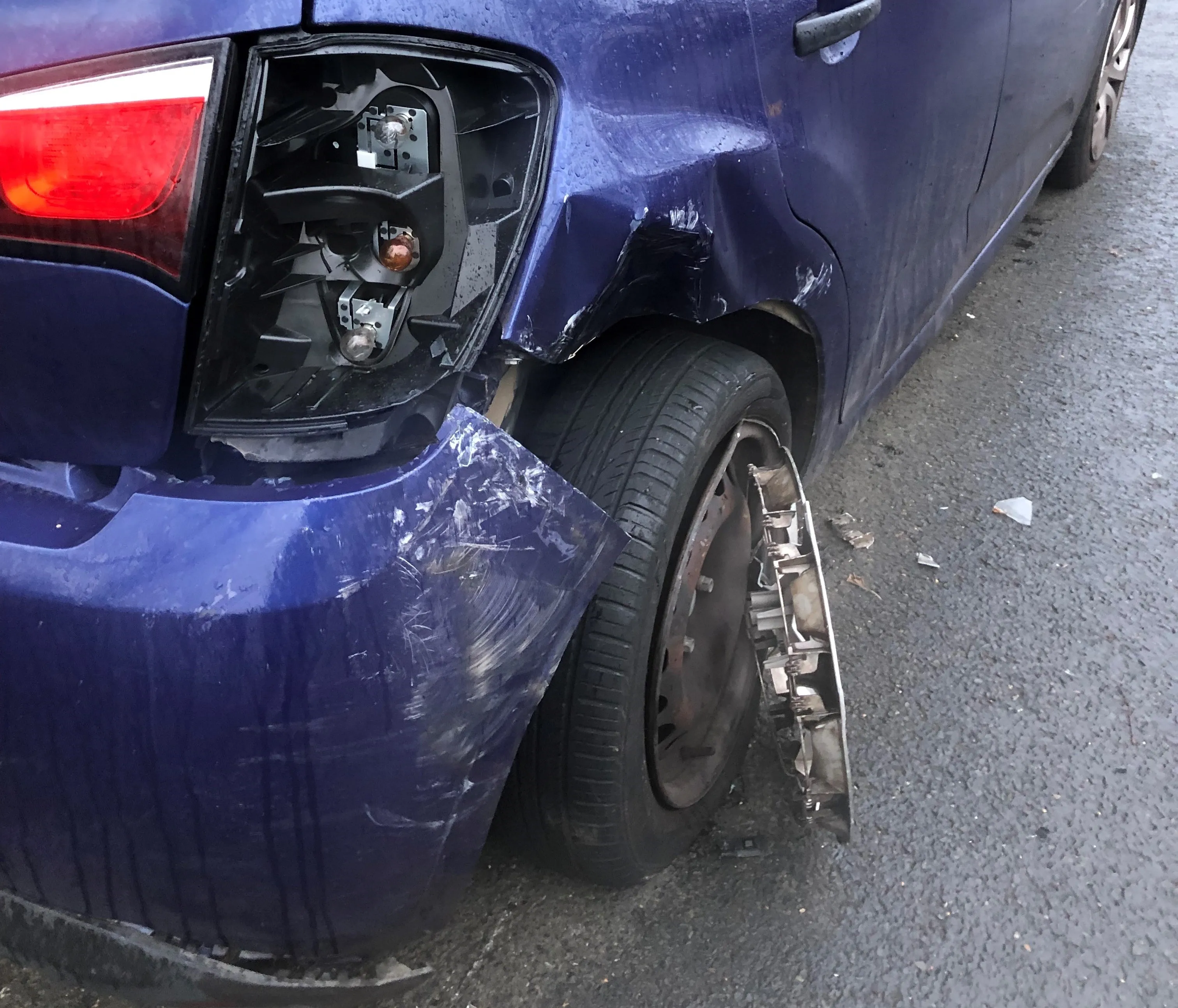Nearly 35,100 people were killed on US roadways in 2015, a 7.2% spike in traffic fatalities from the previous year. This was rather worryingly, largest single year percent increase in 50 years, according to testimony at the hearing. Officials said preliminary numbers appear to show that roadway fatalities increased further in 2016.
“In addition to the tragic impact on human life, the economic and societal consequences of motor vehicle crashes reach over US$800 billion annually, further demonstrating the importance of investing in highway safety and achieving a better safety record on US highways,” the heads of the US
Automated driving systems are capable of addressing the critical cause of over 90% of serious crashes: human choices and errors, the agency chiefs said.
The Highway Safety Improvement Program (HISP) is the “cornerstone” of FHWA’s efforts to eliminate fatalities and injuries. Components of include the State Strategic Highway Safety Plans and the Model Inventory of Roadway Elements. Other federal government infrastructure safety efforts, include: Railway-Highway Crossings Programme; Local and Rural Road Safety Programme; Safety Performance Management Standards; Every Day Counts Initiatives; Highway, Bridge and Tunnel Inspection Programmes.
ARTBA has partnered with FHWA to advance transportation technology and innovation, including the matter of “proprietary products.” The association believes that many agency regulations initially intended to ensure competition have evolved to become an impediment to innovations that could lead to longer lasting, less costly infrastructure and safety improvements.
US road safety challenge to tackle fatalities
Rising traffic fatalities and the challenges of driverless cars were the focus of recent hearing of the House Subcommittee on Highways and Transit in the US. Nearly 35,100 people were killed on US roadways in 2015, a 7.2% spike in traffic fatalities from the previous year. This was rather worryingly, largest single year percent increase in 50 years, according to testimony at the hearing. Officials said preliminary numbers appear to show that roadway fatalities increased further in 2016. “In addition to the
July 26, 2017
Read time: 2 mins
Rising traffic fatalities and the challenges of driverless cars were the focus of recent hearing of the House Subcommittee on Highways and Transit in the US.







